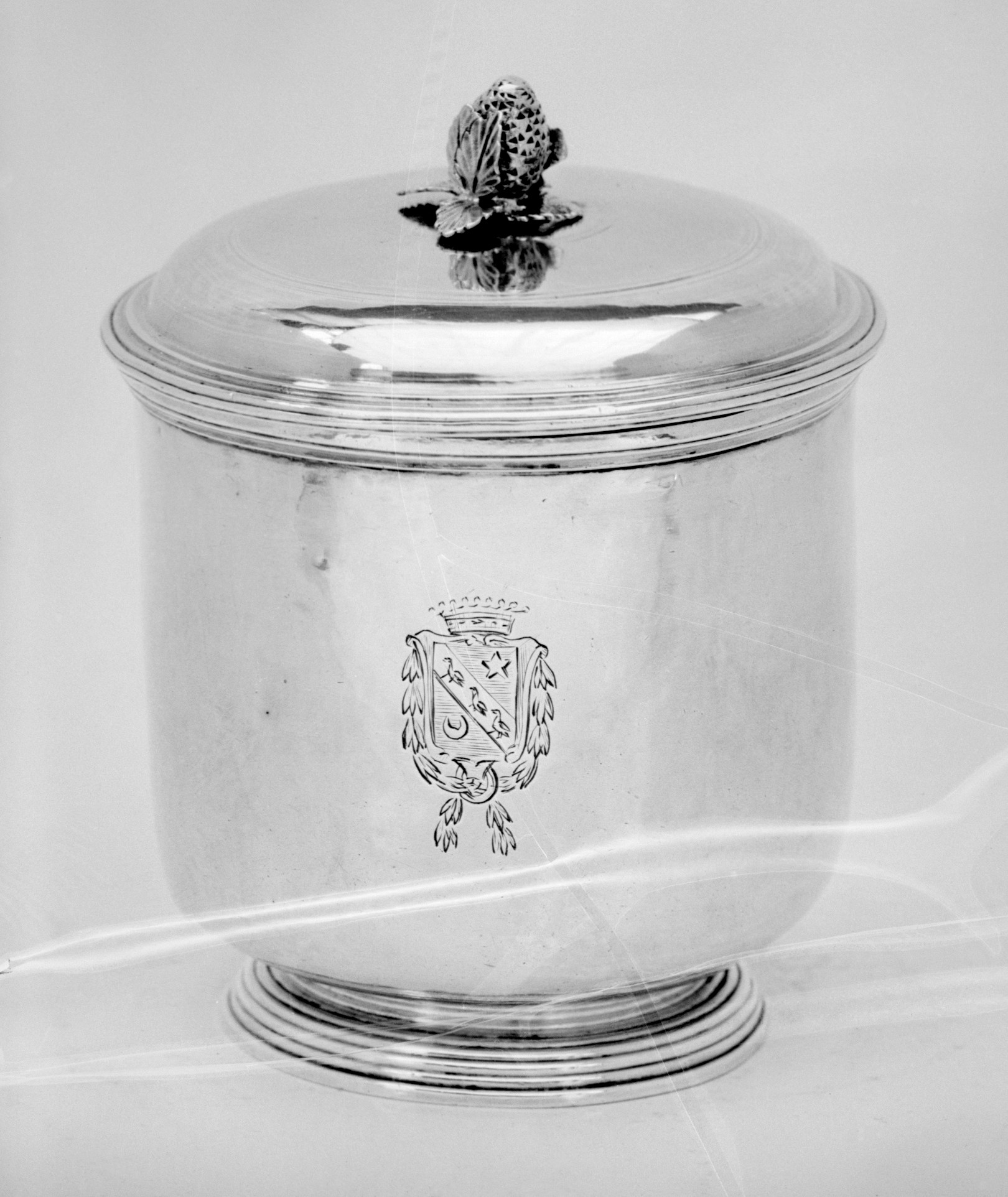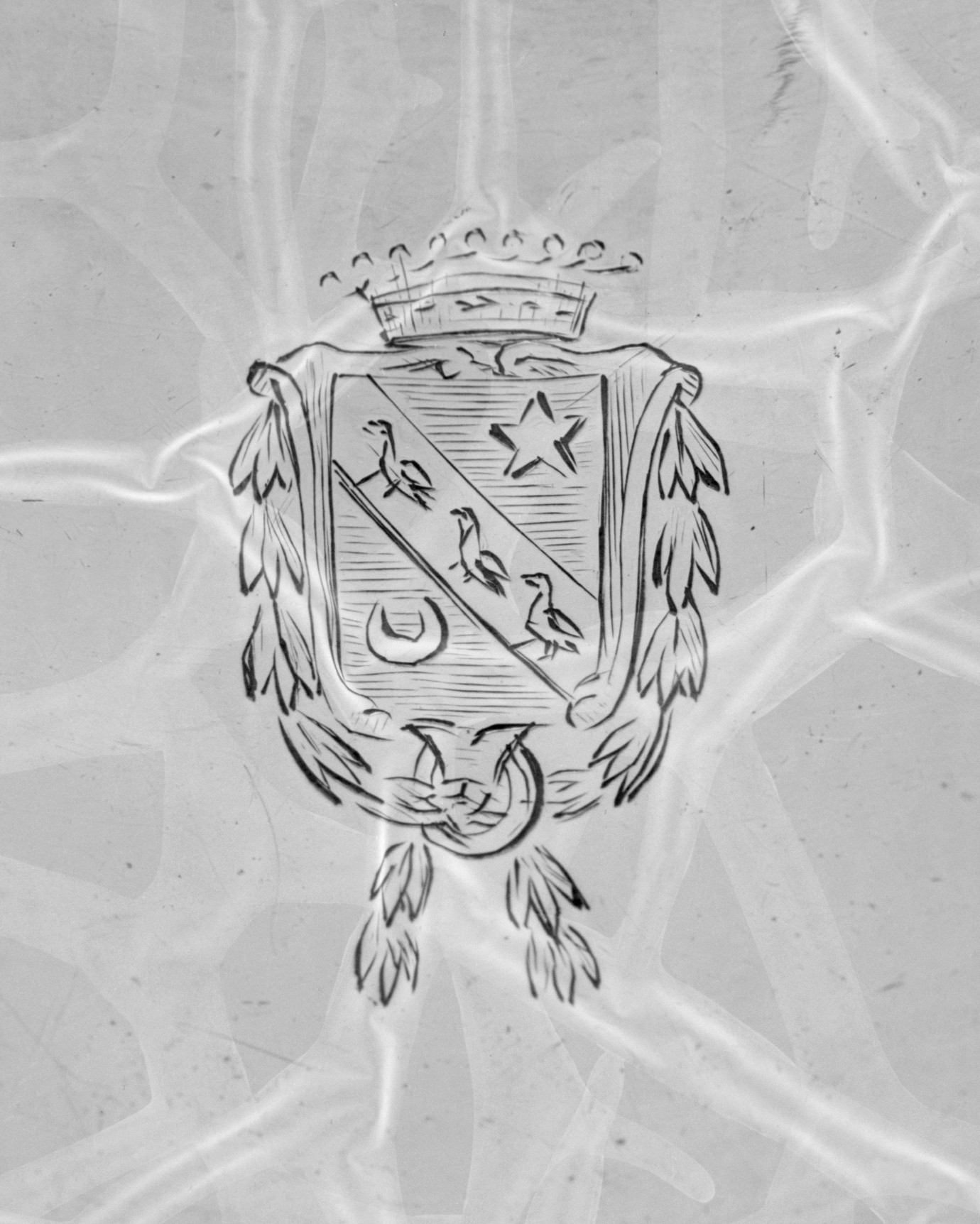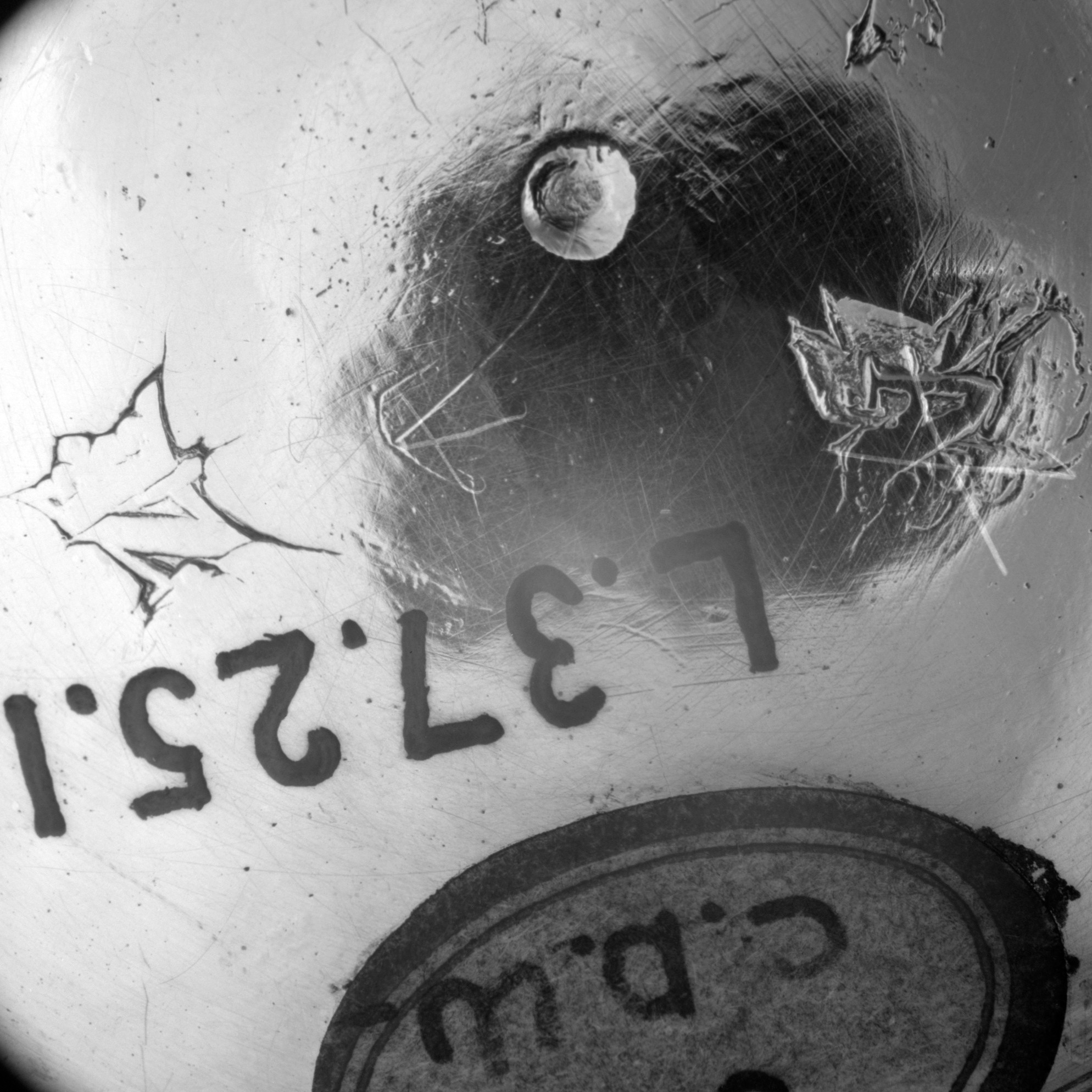Sugar bowl
Not on view
Europeans not only used sugar to sweeten coffee, tea, and chocolate imported from the Americas, India, and East Asia, but also to complement savory dishes and flavor fruit and desserts. The taste for sugar drove a rapid expansion of enslaved labor in the Caribbean.
Crystallized sugar was shipped in hard, paper-wrapped, cones which had to be broken or cut into small pieces. Served in a bowl, small lumps of sugar were offered with tea and coffee, the hot liquids quickly dissolving the lumps. Alternatively, the imported sugar was refined in France and crushed into a fine powder for use as a condiment during the meal. This required a different type of serving vessel: either a caster with an openwork lid for sprinkling, or a lidded bowl with a pierced spoon for dusting.
Daughter of one of the founders of the Weyerhaeuser Timber Company, Catherine D. Wentworth (1865–1948) was an art student and painter who lived in France for thirty years. She became one of the most important American collectors of eighteenth-century French silver and on her death in 1948 bequeathed part of her significant collection of silver, gold boxes, French furniture, and textiles to the Metropolitan Museum.
The Wentworth collection is particularly strong in domestic silver as illustrated by this lidded sugar bowl made by the Paris silversmith Sébastien Igonet, in 1753-54. Playfully referring to the sweet content, the strawberry finial on the lid indicates the bowl’s purpose.
Due to rights restrictions, this image cannot be enlarged, viewed at full screen, or downloaded.
This artwork is meant to be viewed from right to left. Scroll left to view more.






